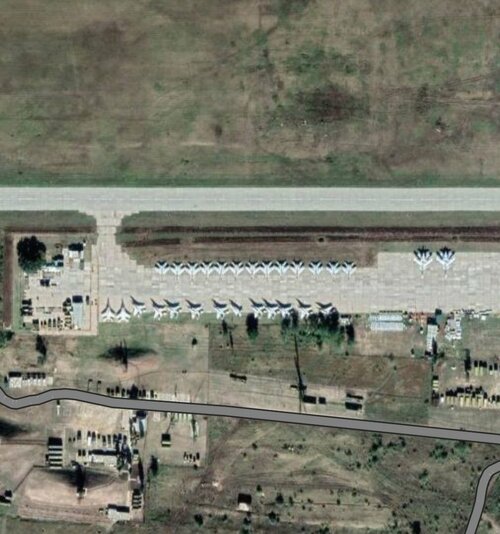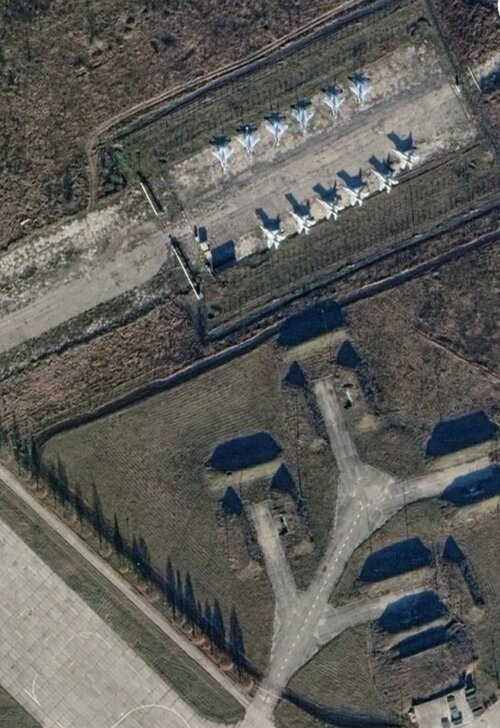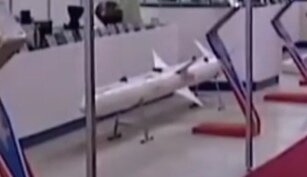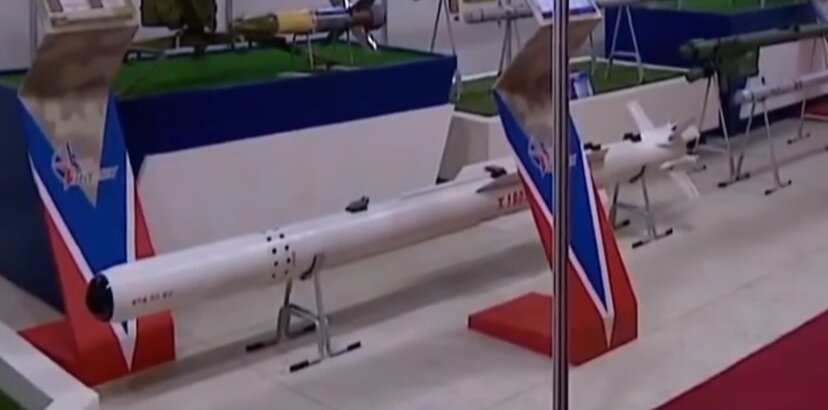(...)The sheer numbers of Soviet-built MiG-29s Russia retains, the diminishing value of these reserves, and North Korea’s capacity to absorb 200 or more new fighters into its large fleet, raises the possibility that Russia could make very large scale transfers of MiG-29s to re-equip multiple North Korean units. The fact that the MiG-29’s operational costs are higher than the MiG-17, MiG-19 and MiG-21 fighters they are expected to replace means that one-for-one replacements of the 400 or so legacy aircraft in service is unlikely, although the Korean fleet could realistically accommodate 100-200 MiG-29s alongside two dozen Su-27s. The very large quantities of aircraft Russia retains, and the low cost of modernization, makes this
highly feasible, although North Korea may itself seek not to invest too heavily in the aircraft, and to leave a capacity in its air force to procure more advanced fighters
such as Su-57s later on in more limited numbers.
 aviationweek.com
aviationweek.com







